Table of Contents
History
Cryptocurrency has been attempted since 1998. Bitcoin got its start from a person going by the name of Satoshi Nakamoto, whose real identity or identities (many believe that this is a group of people rather than a single person) remains unknown to this day. Bitcoin became publicly available in 2009. Initially, Bitcoins could only be gained from mining them. The mining of Bitcoin (and other cryptocurrencies) is the process of making new Bitcoins by solving complex computation equations. This solving of the equations also makes the cryptocurrency payment network trustworthy and secure by verifying the transnational information.

All cryptocurrencies are finite, meaning there is a maximum number of them. This is to prevent inflation from entering the networks. For Bitcoins that limit is 21,000,000 coins. At the current rate of mining, this number will be reached in the year 2140.
How It Works
Define Cryptocurrency
A virtual currency wherein exchanges are checked and records are kept up with by a decentralized framework using cryptography to secure, as opposed to a centralized authority. The use of cryptography makes it almost impossible to counterfeit. The decentralized framework is based on blockchain technology.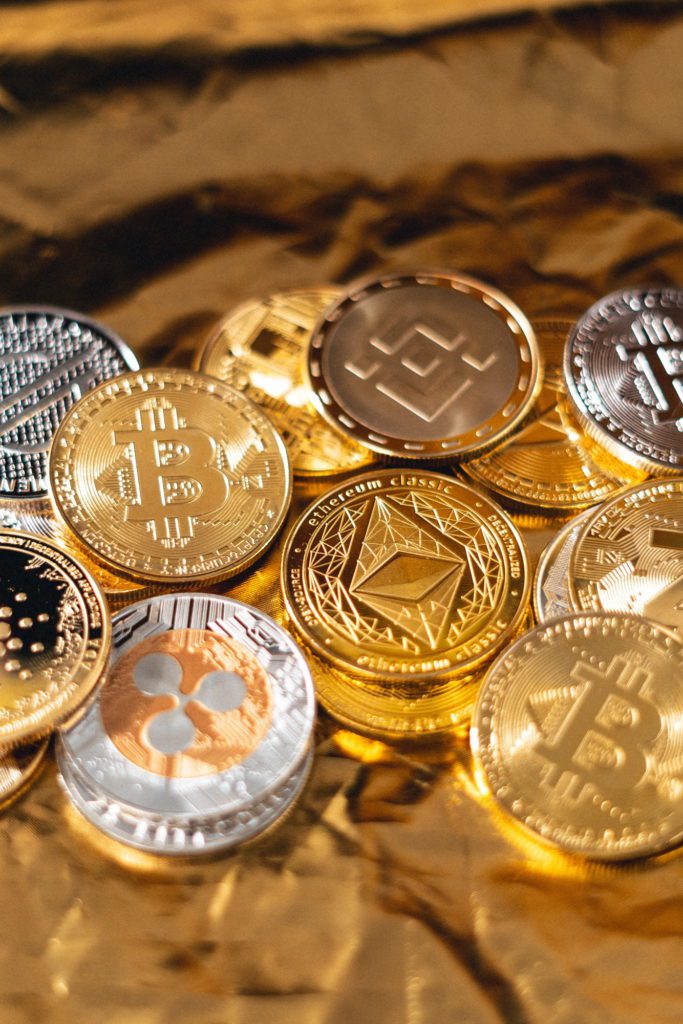
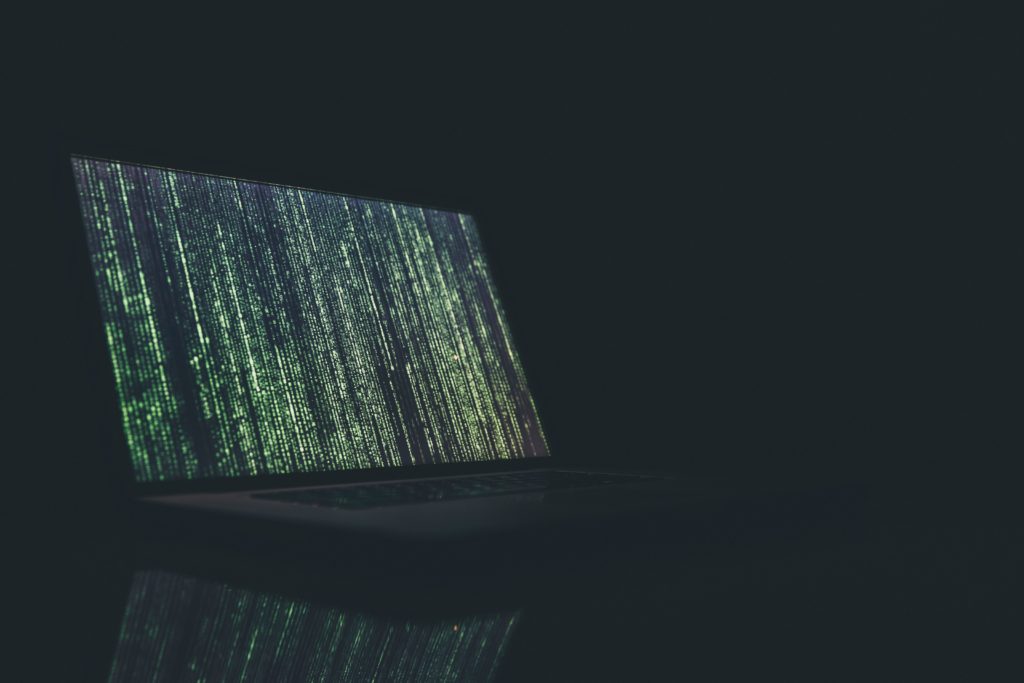
Define Cryptography
A secure means of communication that allows only the senders and intended recipients to read and understand the message.
Define Blockchain
The blockchain is a type of database, a collection of information stored electronically. This database is made up of blocks, a collection of sets of information, and a certain storage capacity. When a block is filled it is then chained to the previous filled block. This forms a chain of blocks, thus the blockchain. The blockchain acts as a timeline of transactions or a ledger. The blocks are timestamped when added to the chain.
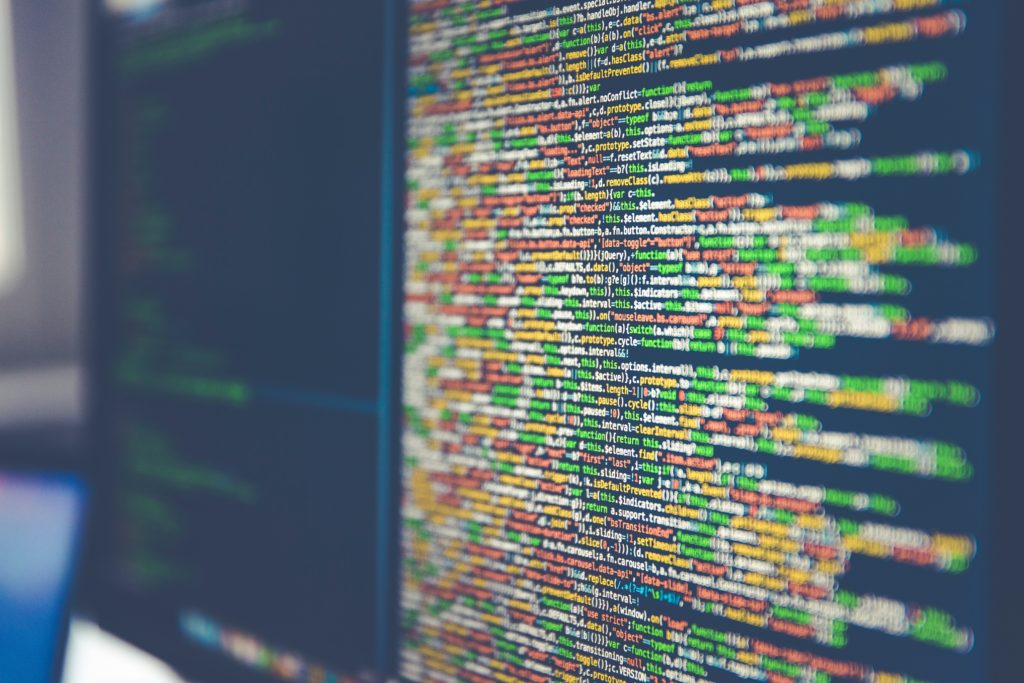
The transaction process works like this.
- A transaction begins;
- The transaction is sent to a network of computers all around the world;
- The network of computers solve intricate equations that validate the transaction;
- This transaction is then clustered with other validated transactions to form a block;
- The block is then added to the blockchain, joining the blockchain’s timeline;
- The transaction is complete.
How It Is Used
The blockchain is most commonly used to store cryptocurrency. The blockchain has many other uses as well. Here are some of the current uses of the technology. This list is growing all the time also.
- Sharing medical data
- Cross-border payments
- Personal identity security
- Anti-money laundering tracking system
- Supply chain and logistics monitoring
- Voting mechanism
- Intellectual property
- Real estate processing
- Retail loyalty programs
- Data sharing and collaboration
- Copyright and royalty protection
- Security recording of legal documents
- Refugee Aid
- Statistic Transparency
- Financing and Banking
- Data privacy
- Cross-Industry data consolidation
- User Authentication
- Human Resources
- Replacing Passwords
- E-Commerce
- Smart Contracts
- Paying Employees
- Asset Management
- Insurance Claims Processing
- Smart Appliances
- Passports
- Birth, Wedding, and Death Certificates
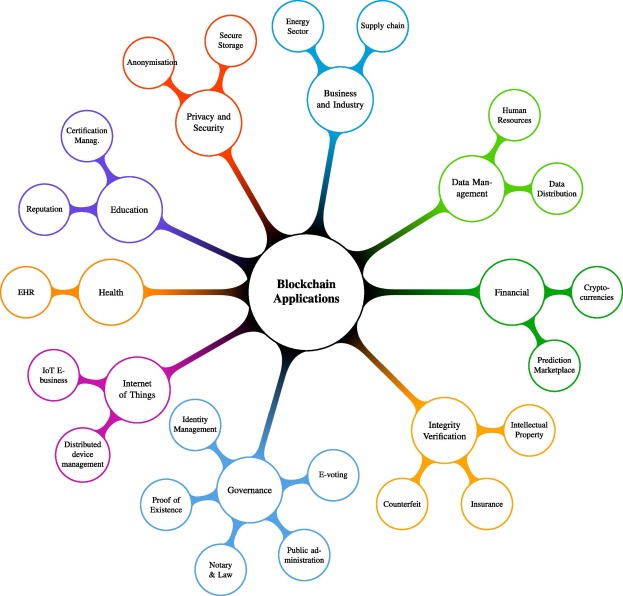
Conclusion and Summary
The use of cryptography and blockchain in our day-to-day lives is new to us. This technology is here to stay though. I’ve worked in technology for over 25 years now and once a technology has a foothold and become accepted by those in the industry, the concepts stay. I for one am looking forward to the uses and what’s to come.
If you would like to learn about the different types of cryptocurrencies, I recommend trying Coinbase. Coinbase is free to create an account. Once you have an account, you get opportunities to learn about various types of cryptocurrencies and get paid to do so. You can learn about Etherium, for example, and get paid between $3 to $7 or more in Etherium for taking quizzes about what you’ve learned. I use it myself and have yet to put a penny in. I’ve learned about 8 cryptocurrencies and hold some shares (or portion of share) of each I’ve learned about.
You can also buy, sell, and stake (earn interest off of) cryptocurrencies with the app. You can also earn Bitcoin for inviting friends to sign up as well. Check out the link here.
Related Topics
See my article 6 Excellent Reasons to Invest for the Long Term for more information.

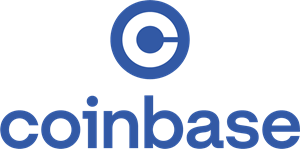
Lovely blog! I am loving it!! Will come back again. I am bookmarking your feeds also.